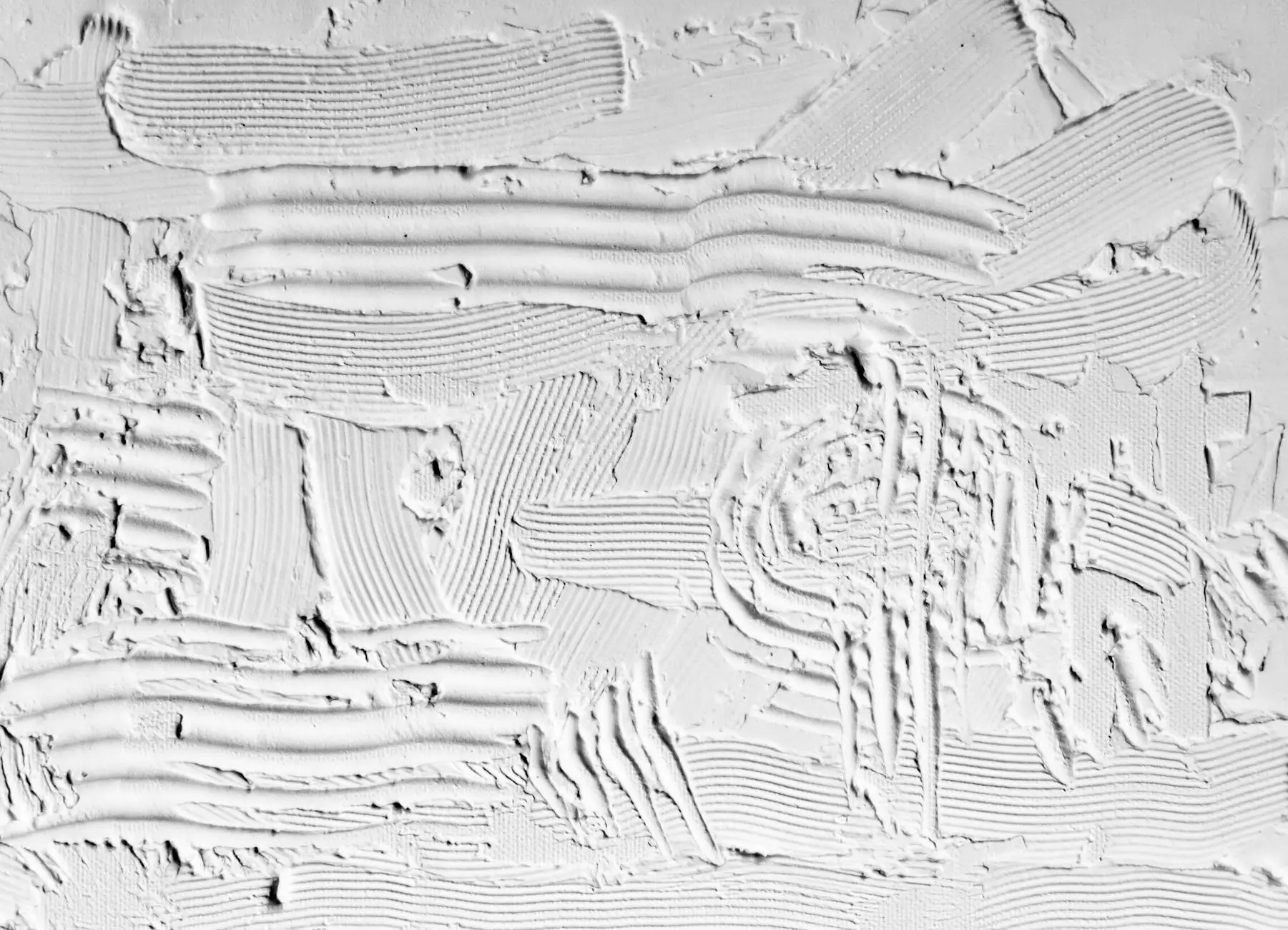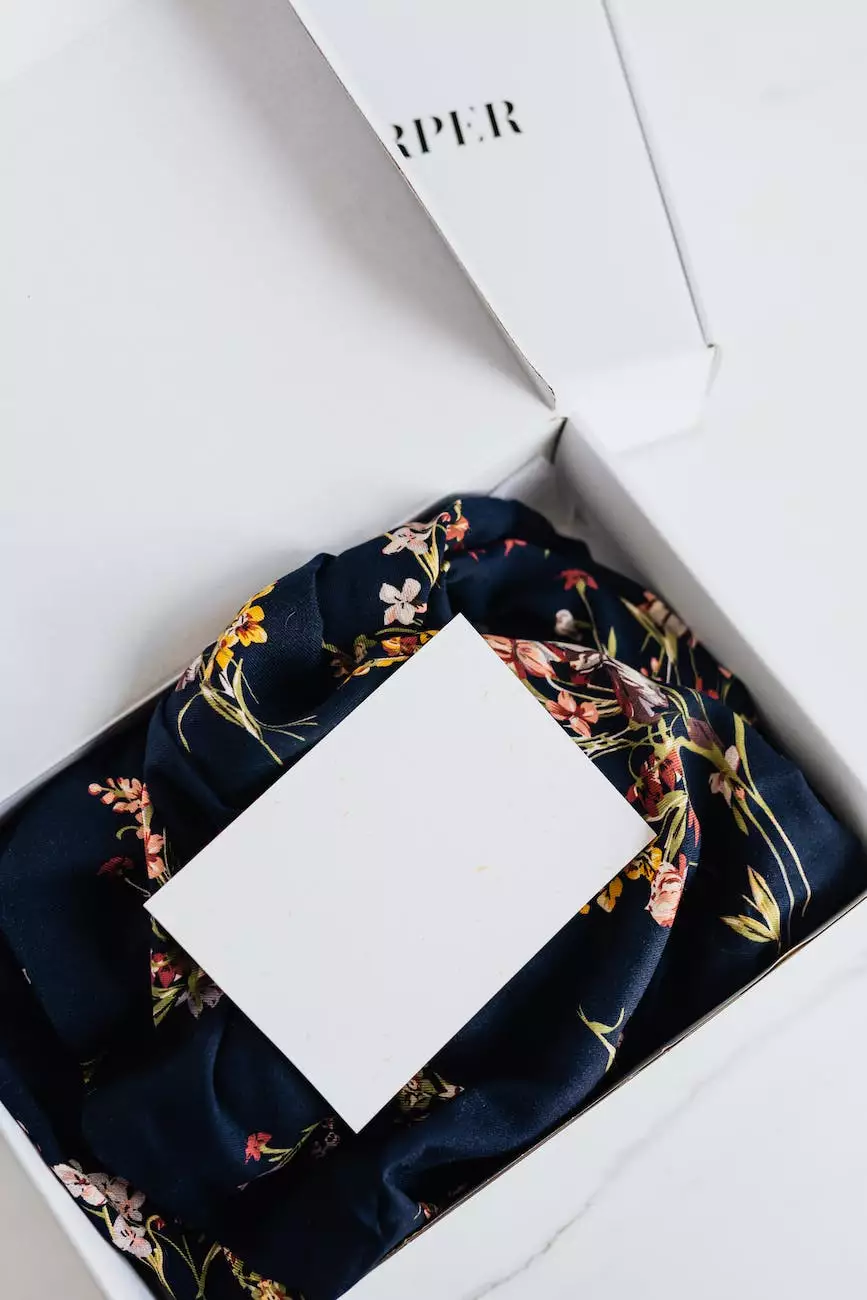PDQ Printing Las Vegas - Print Terminology Glossary
Education
Introduction
Welcome to the AccuSource Digital Printing Glossary. Here, we aim to provide you with a comprehensive guide to print terminology used in PDQ Printing services in Las Vegas. Whether you are new to the world of printing or a seasoned professional, this glossary will help you navigate the intricacies of printing and enable you to communicate effectively with your printing service provider.
1. Bleed
In the printing industry, "bleed" refers to the process of extending artwork or images beyond the trim edge of the paper. This is done to ensure that there are no white borders or margins when the final printed piece is trimmed to its desired size. Bleed allows for more flexibility in design and ensures that the images or artwork extend all the way to the edges of the finished product.
2. CMYK
CMYK stands for Cyan, Magenta, Yellow, and Key (Black), which are the four primary colors used in the printing process. Unlike digital displays that use RGB (Red, Green, Blue), printing requires the combination of these four colors to reproduce a wide range of colors accurately. Understanding the CMYK color model is crucial in achieving accurate and consistent colors in printed materials.
3. DPI
DPI stands for Dots Per Inch, and it refers to the resolution or clarity of an image or print. The higher the DPI, the greater the level of detail and quality. This is especially important for printed materials such as brochures, flyers, and posters, where sharp and crisp images contribute to the overall impact of the design. It is essential to provide high-resolution images with a proper DPI for optimal print quality.
4. Finishing
Finishing refers to the additional processes or treatments applied to printed materials after the printing process. This can include elements such as coating, laminating, binding, trimming, and folding. Finishing not only enhances the visual appeal of the printed piece but also adds durability and functionality. Working closely with your printing service provider to determine the appropriate finishing options will ensure your printed materials achieve the desired result.
5. Pantone Matching System (PMS)
The Pantone Matching System, also known as PMS, is a standardized color matching system used in the printing industry. It assigns unique numbers to each color, allowing printers to achieve consistent and accurate color reproduction across different materials and printing processes. PMS colors are widely used for branding and corporate identity purposes, as they ensure a consistent and recognizable color palette across various printed materials.
6. Offset Printing
Offset printing is a widely used printing technique that involves transferring ink from a plate to a rubber blanket and then onto the printing surface. It is known for its high-quality and consistent results, making it suitable for large-scale commercial printing. Offset printing allows for fine details, vibrant colors, and the use of a variety of paper stocks. Understanding the offset printing process can help you make informed decisions when choosing a printing method for your project.
7. Proofing
Proofing is the process of reviewing and approving a sample of the final printed piece before it goes into full production. It allows you to check for any errors or inconsistencies in the design, layout, color, or content. Proofing is an essential step in ensuring that the printed materials meet your expectations and specifications. Collaborating effectively with your printing service provider during the proofing stage will help eliminate any potential issues and minimize the risk of reprints.
8. Substrate
Substrate refers to the surface or material onto which images or text are printed. Common substrates include paper, cardboard, fabric, metal, plastic, and more. The choice of substrate plays a significant role in the overall look and feel of the printed piece. Factors such as texture, weight, and durability should be considered when selecting the right substrate for your project. Proper substrate selection can enhance the visual impact and longevity of your printed materials.
9. Varnish
Varnish is a clear, protective coating applied to printed materials to enhance their appearance and durability. It adds a glossy or matte finish, depending on the desired effect. Varnish protects against scratches, smudges, and fading, ensuring the printed piece remains vibrant and professional-looking over time. Choosing the appropriate varnish for your project can significantly enhance the overall presentation of your printed materials.
10. Typesetting
Typesetting involves arranging and formatting text for printing. It includes selecting appropriate fonts, adjusting font sizes, spacing, and line breaks to achieve legibility and aesthetic appeal. Typesetting plays a critical role in the readability and overall design of printed materials such as brochures, magazines, and books. Working with a skilled typesetter will ensure that your printed materials are visually appealing and effectively communicate your message.
Conclusion
Understanding print terminology is essential for effective communication and collaboration with your printing service provider. By familiarizing yourself with the terms discussed in this glossary, you can confidently navigate the intricacies of printing and make informed decisions that result in high-quality printed materials. At AccuSource Digital, we are committed to providing exceptional printing services in Las Vegas and guiding you through the printing process. Contact us today to discuss your printing needs and experience the difference of working with industry experts.




